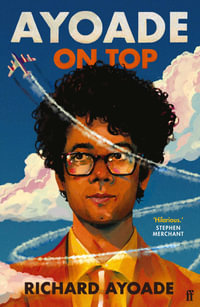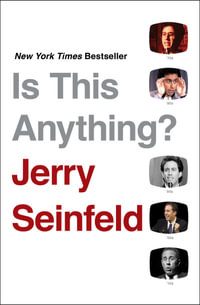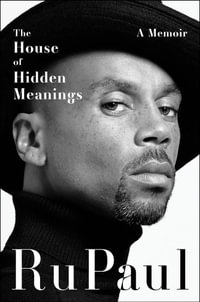With the development of technology such as films, sound recordings and the Internet, performers have lost control over the exploitation of their performances. The perceived need to protect performers on an international basis - that is, in states in which they are foreigners - has led to provisions being included in three international instruments (the Rome Convention (1961), TRIPS (1994), and the WIPO Performances and Phonograms Treaty (1996)) that together form an international system of performers' rights. The scope of performers' rights protection is a contentious issue at the international level. The WIPO Performances and Phonograms Treaty nearly foundered on the issue of the level of protection to be granted to performers whose performances are exploited in films, videos and other audiovisual media; and a Diplomatic Conference held in Geneva in December 2000 failed to reach agreement on the terms of an international instrument protecting such performers. This is the first book in English to provide a comparative analysis of the protection afforded to performers in the international instruments. Although the focus is on establishing whether the international instruments provide an appropriate system of protection, attention is given to the key underlying issues: from whom or from what do performers need protection; can protection for performers be justified; what is a performance? Where appropriate, examples of domestic legislation and cases are drawn from the UK and other common law jurisdictions. This book will be of value to practitioners, academics and to government officials interested in determining the future shape of domestic law. It will also provide interesting and valuable assistance to officials in performers' and producers' unions and guilds.
Industry Reviews
This book is an enjoyable and interesting analysis of the justification and international treatment of performers rights. It will be valuable to practitioners and academics seeking to understand the past, present and possible future developments in this area of law. Morgans well thought out structure guides the reader through a number of different and potentially difficult concepts as they relate to the rights of performers. Catherine Lee Copyright Reporter August 2004
























